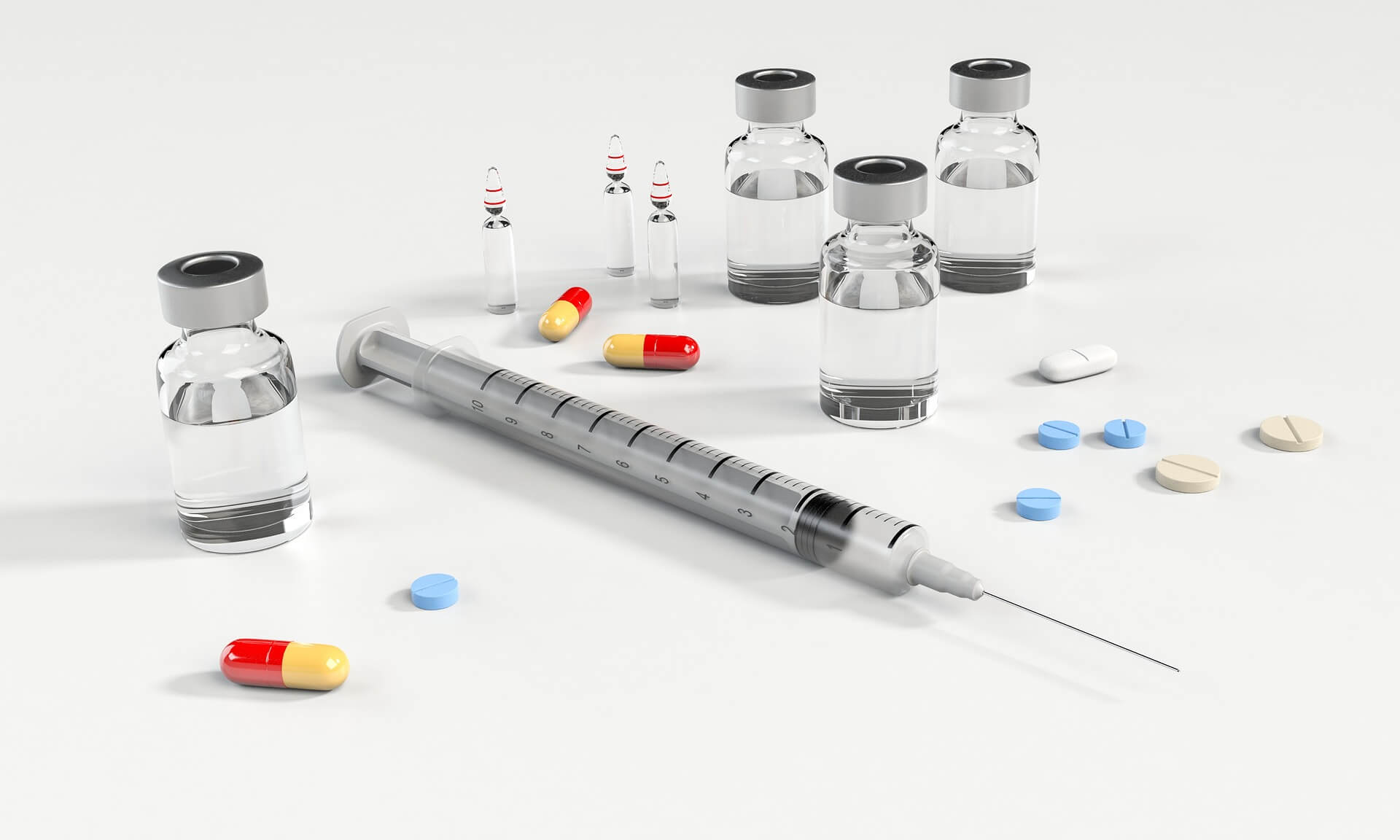What You Need to Know About Gadolinium
What You Need to Know About Gadolinium

Radiology is a medical specialty that uses various scanning technologies to “look inside the body.” The earliest and most familiar form of radiology scan is the simple x-ray, but many more modern techniques have also been developed, including CT scans, MRI scans, PET scans, and others. The different scans will be best at looking at particular body tissues and processes. For example, x-rays are very useful in looking for broken bones but are less effective and precise at looking for problems in the body’s “soft tissues.” On the other hand, MRIs are much more effective at finding damage or changes in the soft tissues.
Many of these scans can produce enhanced image results through the use of “contrast media.” These contrast media may be injected or swallowed into the body that reacts with the scan to produce better results. Examples would include iodine contrast dye injected into the bloodstream to better visualize the damage to the blood vessels of the heart or barium that may be used to improve x-ray scans of the gastrointestinal tract. Gadolinium is a contrast media that is specifically used with certain types of MRI imaging techniques.
How Serious are Concerns About Gadolinium?Any of these contrast media — like any foreign substances introduced into our bodies — can potentially produce short-term effects, like allergic responses. Many of these allergic responses are very minor and clear up quickly with no serious or long-term consequences. However, Gadolinium presents unique dangers to certain individuals, and failure to properly screen for those individual characteristics before gadolinium is injected can result in very significant personal injuries.
How a Personal Injury Attorney Can HelpGadolinium should be used only in certain situations, and careful screening must be done to protect people with vulnerabilities to gadolinium-induced problems from receiving the injections. Depending on whether or how that screening was performed and the type of long-term injuries that may have resulted from a gadolinium injection may point at either a drug products liability claim and/or a medical malpractice claim based upon the injuries and damages that were sustained. An experienced personal injury attorney will know how to recognize the types of claims that may apply and pursue insurance claims and/or lawsuits against the negligent parties.
What is Gadolinium?Gadolinium is an element — like oxygen, gold, or carbon — specifically, a metallic, “rare earth” element with unusual magnetic properties. Gadolinium solutions were first created for use in Magnetic Resonance Imaging (MRI) in 1988 and soon after became the preferred contrast agent in MRIs. As the name suggests, MRIs are based upon using powerful magnets and magnetism to scan the body’s internal structures. Gadolinium’s unique magnetic properties are what make it an excellent contrast media for MRIs.
How is Gadolinium Used?Gadolinium injections are used as an MRI contrast agent because their magnetic properties allow doctors to better observe damage or abnormal vascularity in the body’s tissues. When the doctor calls for a gadolinium injection, an MRI is first taken without any injection, followed by an MRI after the gadolinium has been injected into the patient.
What Are the Possible Side Effects of Gadolinium?Gadolinium has several possible side effects, some less severe than others. The more common and less severe side effects are pain at the injection site, itching, nausea, headaches, or rash. Most of these side effects are minor and clear up rapidly. A more significant problem may result from what is known as gadolinium toxicity. The symptoms of gadolinium toxicity can appear either within a matter of hours or not until years after the gadolinium injection. Symptoms include:
- Joint paint
- Burning sensations in the skin
- Breathing problems
- Changes in hearing or vision
- Headache
- Brain Fog
Gadolinium toxicity can appear years later because gadolinium is only very slowly cleared from the body and can remain in the system for years, especially for individuals who may have had more than a single injection.
What is NSF?The most concerning side effect of gadolinium are Nephrogenic Systemic Fibrosis (NSF). NSF is a progressive disorder associated with the development of excessive scar tissue and thick, hardened, and tight areas of skin that often cover the joints, resulting in severe limitations on movement. There is no cure or effective treatment for NSF, and it has led to death in some cases. Someone suffering from NSF may become unable to walk or fully move the joints of their arms, hands, legs, and/or feet. They can become dependent on wheelchairs within weeks. NSF occurs in individuals who had pre-existing kidney disease or other kidney problems at the time of the gadolinium injection. Gadolinium is cleared from the body slowly, and it is the kidneys that do the work of clearing it. People with pre-existing kidney problems must be carefully screened to prevent injection with gadolinium.
What Drugs are Involved?Gadolinium-based contrast media that are approved by the FDA (Food and Drug Administration) but which have come under heavy scrutiny include:
- Omniscan
- Magnevist
- MultiHance
- OptiMARK
- ProHance
The video below provides information regarding the use of Gadolinium-based contrast media.
Sacramento Drug Products Liability LawyerMy name is Ed Smith, and I am a drug products liability lawyer in Sacramento. If you or a loved one has suffered an injury due to a defective drug-like gadolinium-based contrast media, please contact our injury attorneys for free and friendly advice at 916.921.6400, 800.404.5400, or contact us online. We are members of the Million Dollar Advocates Forum and the National Association of Distinguished Counsel.
See past cases on our verdicts and settlements page and our client reviews on Avvo, Yelp, and Google.
Photo Attribution: Image by Arek Socha from Pixabay.
gm llo [cs 957] bw